A Guide to Topsun Pokémon Cards- The Oldest Pokémon Cards?
-
By: Oliver Copeland
- Published:
- Last Updated: June 18, 2024
Post Updates
06/17/24- Someone brought a particular eBay listing to my attention, which may suggest that the Blue backs and Green backs were printed on the same sheet.
03/30/24- PSA has now officially changed the labels of their graded Topsun cards to reflect the 1997 date, instead of 1995.
Topsun cards are some of the earliest known Pokémon cards to have ever existed. They are separate from the TCG and were sold in packs of gum in Japan. I am fascinated by these cards and have done my best to put together a guide based on all we currently know about the Topsun cards.
Table of Contents
Are Topsun Cards the First Ever Pokémon Cards?
Contrary to popular belief, Topsun cards are probably not the oldest Pokémon cards.
We know for a fact that they were not the first to be released to the public. This title belongs to the Bandai CARDDASS Pokémon cards, released in September 1996. Read my full in-depth guide on the CARDDASS cards here.
But even so, Topsun cards are often referred to as the first-ever Pokémon cards and this rumor stems from the 1995 copyright date on the bottom of the cards.
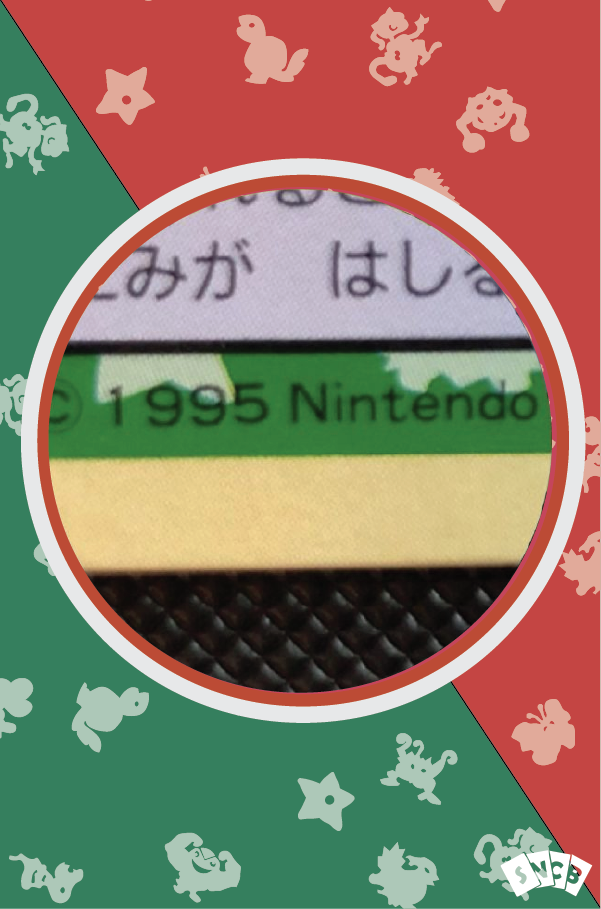
The copyright is misleading, but the games delayed release may shed some light on that subject.
Bulbapedia states, “The games were originally scheduled for a December 21, 1995 release, according to an old Nintendo of Japan flyer. This could explain the copyright year of 1995 that appears in the games’ introductory sequence, and all subsequent games and official merchandise.“
The 1995 copyright reflects the property of Pokémon itself, not the Topsun trading cards. To back up this claim, the official Top Seika website states that a contract with Shogakukan was established in 1997. Shogakukan held the rights to the Pocket Monsters anime and are the ones who gave Top Seika the green light to use the Pokémon IP for their candy.
In other words, Topsun didn’t even have legal access to Pokémon assets until 1997.
Furthermore, the first piece of official merchandise, and licensed merchandise, weren’t released until 1996, as stated by Bulbapedia and Nintendo respectively.
As others have suggested, The owners of the Pokémon franchise’s reputation may serve as evidence as well. Pokémon is well known to be strictly protective over its IP. For Topsun to have used Pokémon assets on their product in 1995 before obtaining a license would be highly unusual.
For some reason, the debate still lives among various Reddit posts and obscure forums. Some say that Topsun cards were perhaps the first to be made but not the first to be released. More on this theory later.
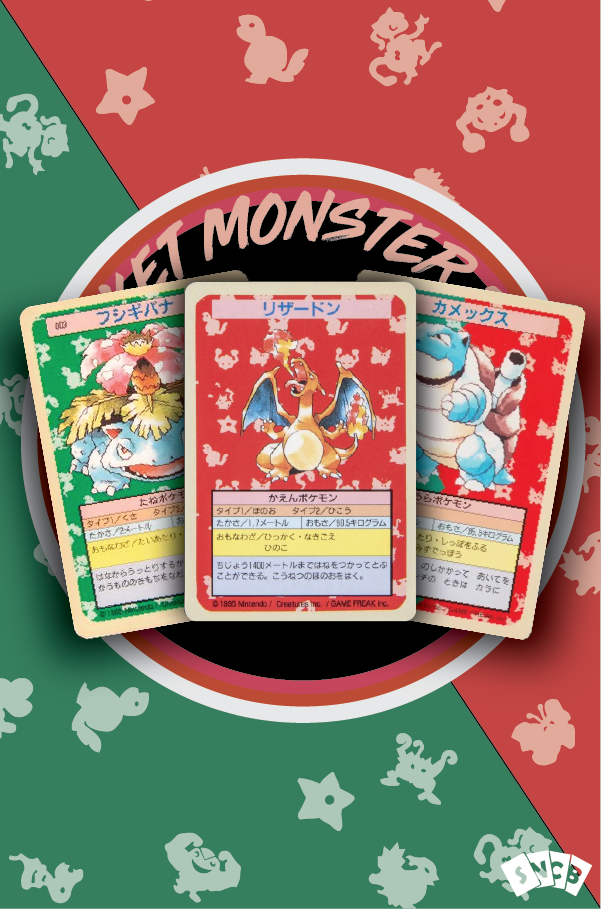
Why Everyone Claims Topsun Was the First
The popular Youtuber UnlistedLeaf posted a video in 2020 where he states that the Topsun cards are the very first Pokémon cards “to ever exist”. With over 100,000 views, it’s not hard to understand why the rumor is so prominent today.
Another Youtuber named Leonhart made a very similar video in 2020 where he too states that the Topsun cards are the “oldest Pokémon card ever made”. To his credit, he does mention the copyright date but claims that the actual year of release is “up for debate”. It is not. For your information, this video has received over 165,000 views.
Plenty of websites, journalists, and bloggers will probably reference UnlistedLeaf’s or Leonhart’s video and continue to spread this false information.
A quick search in Google will come up with many results claiming that the Topsun cards are the original Pokémon cards. Even eBay listings will have something such as, ‘oldest ever Pokémon card’ in the title.
It’s believable too since the cards themself actually have a dated look to them. Even when the Japanese version of Base Set came out in early 1996, Topsun cards presented this vintage look that the TCG cards just don’t have.
But the most incriminating action thus far is probably PSA’s labels displaying 1995 as the date for the Topsun cards. PSA, along with some other grading companies displays the card’s copyright date on the label. In the case of Topsun cards, this is misleading. Some companies such as BGS display the correct year of 1997, but most just default to 1995.
March 2024 UPDATE: PSA, along with the other big grading services, have now officially updated their Topsun labels to reflect the 1997 release year.
The History Behind Topsun Cards
Release
Top Seika is a candy company based out of Japan, first established in 1956. They are responsible for the bubble gum in the Topsun Pokémon card packs. Today, although Top Seika has merged with Coris, they are still known for their bubblegum products featuring popular anime characters.
Check out our complete guide to Topps Pokémon cards.
According to Pokéboon the original release of Topsun cards was back in March 1997, in Japan. Unfortunately, these cards were never released outside of Japan and never in any other language.
The set of cards contained 150 cards, one for each Pokémon (remember, no Mew yet!). And another additional 16 ‘prism’ holo cards.
The Boosters and Gum
The cards were sold in booster packs, but that is where the familiarity ends. The packs were not made of foil as the TCG packs were, but instead thin cardboard. Each pack had a pull tab to rip the cardboard open, revealing two cards and a packaged stick of green apple-flavoured chewing gum.
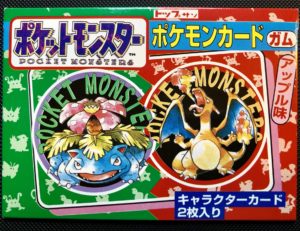
Both the booster pack and gum wrapper featured the original artwork for Pokémon Green Version and Pokémon Red Version side by side. In Japan, these were the first two Pokémon games for Gameboy to be released. Red Version featured Charizard, while Green Version featured ‘Zard’s nemesis, Venusaur.
Pulling a prism holo was quite a stroke of luck, as each pack only contained two cards, and each display box of 20 packs only contained one holo per unit. In other words, pulling a Topsun holo was a 1/20 chance.
The Holo Topsun Cards (Prism Cards)
As previously mentioned, there are 16 different holo Topsun cards to collect. These are in addition to the 150 non-holos and have a unique back. Instead of the angled blue or green kanji, the reverse of the holo cards has a smaller depiction of the Pokémon along with stats and a short description.
There are holo prism cards for each of the following Pokémon:
- Charizard
- Blastoise
- Venusaur
- Pikachu
- Nidoking
- Nidoqueen
- Machamp
- Eevee
- Flareon
- Vaporeon
- Jolteon
- Articuno
- Zapdos
- Moltres
- Dragonite
- Mewtwo
It is worth noting that the holo cards are actually stickers. The face of the card can be peeled off of the cardstock. There is, however, not a lot of evidence of this since it would be a heinous crime for any collector to actually peel off the face of the card.
Topsun cards have exactly three different holo variations.
1. Cracked Ice
The cracked ice holo pattern is actually still used today in not only Pokémon cards, but other trading cards too. The pattern depicts a jagged pattern that obviously resembles cracked ice. This is usually considered the most desirable variation among the Topsun prism cards.
2. Block
The block holo pattern is simply made up of squares with approximately 10.5 squares across the width of the card and 13.5 lengthwise.
3. Checkered
The checkered holo pattern is hard to distinguish from the block pattern. It is essentially the same, but each square has been divided into four squares. When side by side, it is easy to see that the checkered pattern has many smaller squares to it.
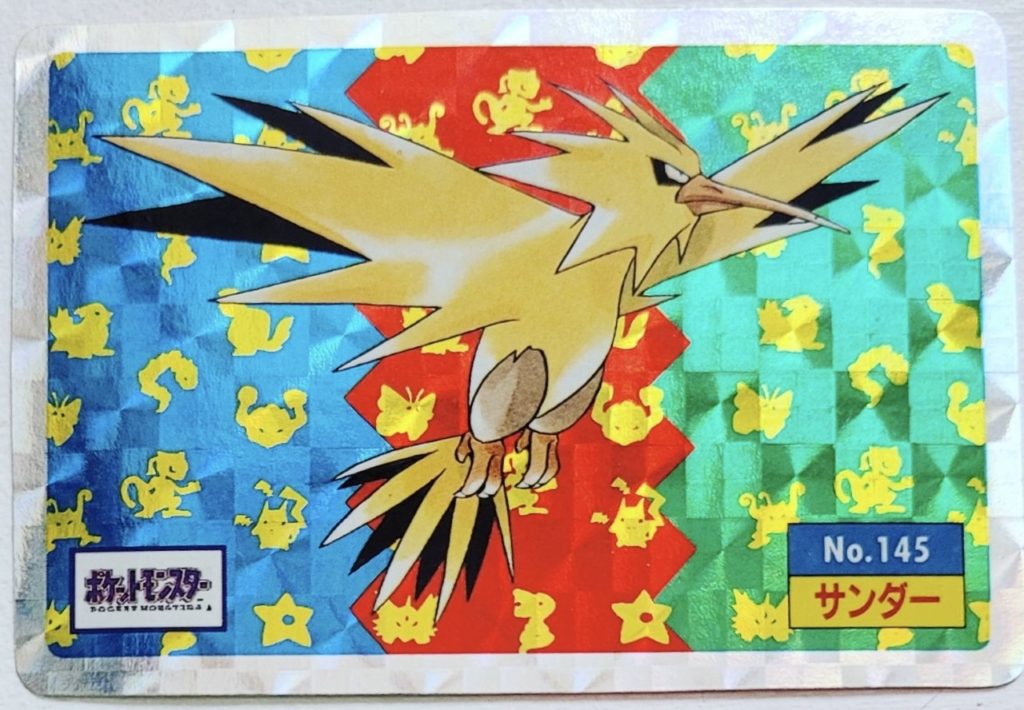
Image attributed by: retrojunkct
Blue Backs Vs. Green Backs
Topsun cards are often deemed to be either blue backs or green backs.
It’s widely believed that the blue back Topsun cards were printed first. This theory likely originated from the fact that the blue back cards have the no-number error, which was seemingly corrected shortly after the initial print.
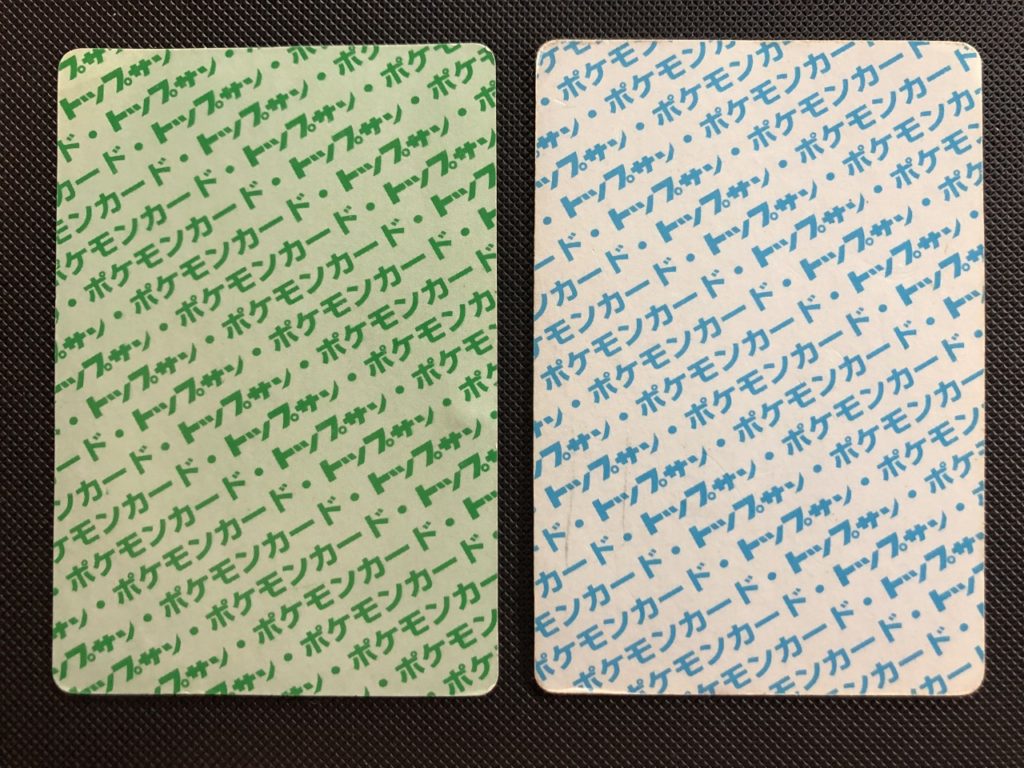
Blue backs do tend to edge out green backs when it comes to value, however. This is because the very first print run of cards is almost always the most desirable by collectors. This is the exact driving force behind 1st edition cards for the TCG.
I could not find a way of knowing if a booster pack will contain blue or green backs since the packs stayed the same throughout. Some packs have a 6-digit number stamped on them, and I suspect that this can lead to the answer.
There is no difference between blue/green backs aside from the actual blue/green text and the no-number error cards.
June 2024 Update
Recently a user on Instagram, @unholy-grailz, messaged me and brought to my attention a particular eBay listing of a Topsun Cubone. The card has a blue back, but the left side of the back is actually green.
Check out the PSA certification number yourself.
This raises a lot of questions. Initially, it seems as though Topsun cards were printed on sheets that had both colored backs. In other words, Topsun both blue and green back cards were printed at the same time.
But I don’t want to jump to conclusions. (Other theories are encouraged in the comment section below.)
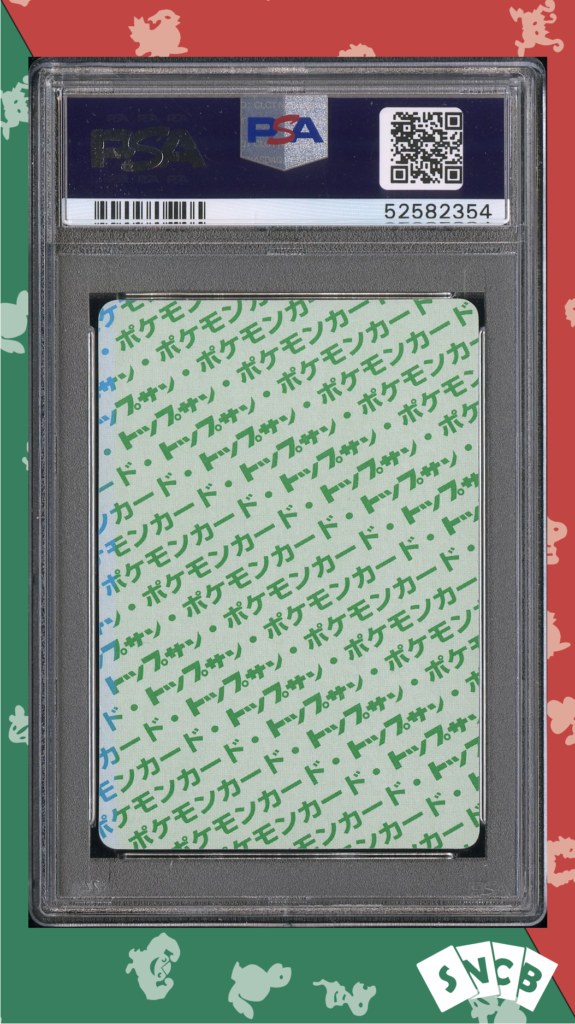
If we take a closer look at the corner of the card, we can actually see the curvature of the green back.
This is odd because the curvature of a card corner is not typically printed on the factory sheet. If this was the case, cutting the card corners perfectly would be an issue. But perhaps that is the exact cause of this particular card.
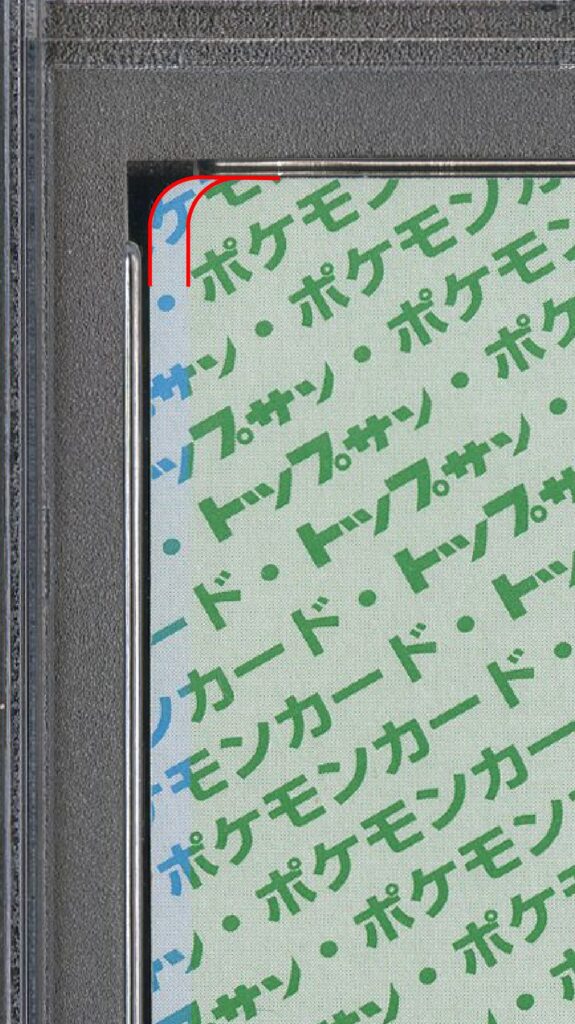
This Cubone card back is also non-consistent with the other images we have of uncut Topsun sheets.
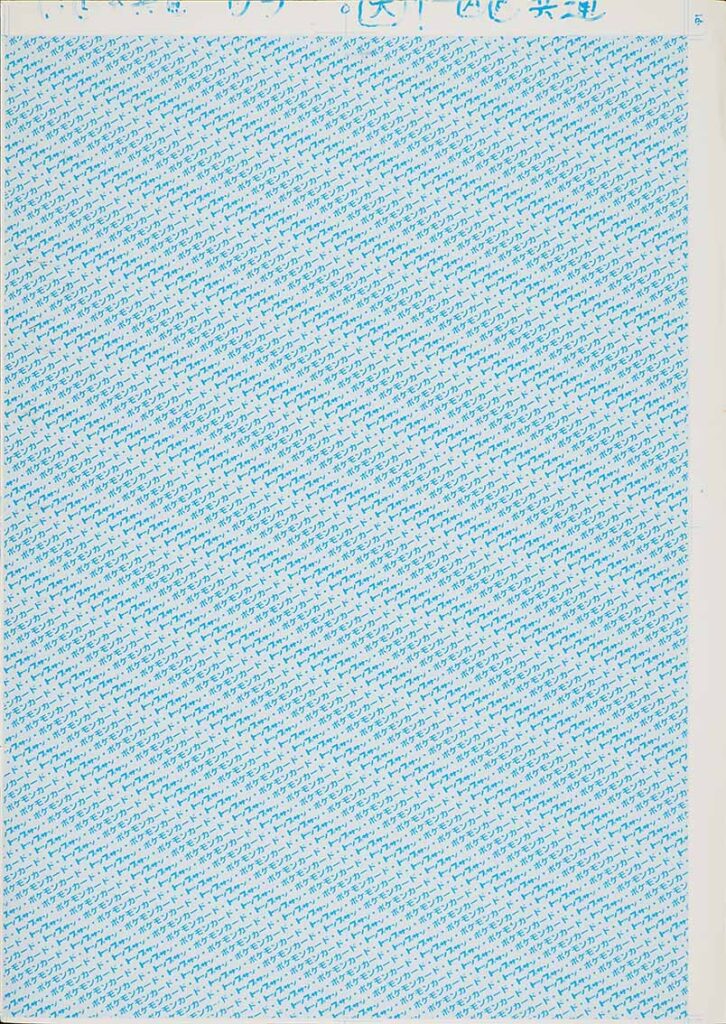
Red Vs. Green Backgrounds
Most of the Topsun cards have a red/green background divided by a zig-zag line, much like the artwork on the apple gum booster pack. However, some cards feature exclusively red or green backgrounds, and it’s not entirely agreed upon why this is.
Many speculate that the background colour represents the availability of each Pokémon per Gameboy game. For example, if Mankey has a red background, then Mankey is only available in Red Version. But this theory doesn’t quite add up, and here’s why:
Pokémon | Version Exclusivity | Topsun Colour |
Bulbasaur, Ivysuar, Venusuar | None | Green |
Charmander, Charmeleon, Charizard | None | Red |
Koffing | None | Green |
Ekans | Red | Red |
Arbok | Red | Red |
Oddish | Red | Red |
Gloom | Red | Red/Green |
Vileplume | Red | Red |
Mankey | Red | Red |
Primeape | Red | Red |
Growlithe | Red | Red/Green |
Arcanine | Red | Red |
Scyther | Red | Red/Green |
Electabuzz | Red | Red |
Sandshrew | Green | Green |
Sandslash | Green | Green |
Vulpix | Green | Green |
Ninetales | Green | Green |
Meowth | Green | Green |
Persian | Green | Green |
Bellsprout | Green | Green |
Weepinbell | Green | Green |
Victreebel | Green | Green |
Magmar | Green | Green |
Pinsir | Green | Green |
This table represents each Pokémon’s appearance in the original games and also the Topsun cards. There are multiple discrepancies. Some that stand out are Koffing, which has no Gameboy game exclusivity, yet has a green Topsun background, and the starters who also don’t have exclusivity but have their respective background colours.
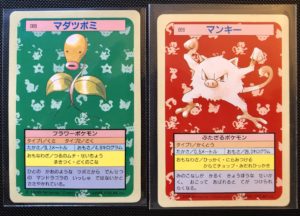
My theory here is that Top Seika was likely going off of data that was pre-release. The Pokémon exclusivities would then be changed for the final product.
This theory, however, lends credence to the claim that Topsun cards were produced before the game’s release, and likely have an earlier release year than 1997.
Another piece of evidence here is that there is no Mew Topsun card. Mew was publicly revealed in 1996, so the decision not to include Mew in the Topsun card production is odd to say the least.
The No-Number Error Cards
Upon the initial release of Pokémon Topsun cards, an error occurred when Topsun began their printing process but the Pokémon’s Pokédex number was missing from the face of the card. The error was corrected quickly, but many cards made their way to consumers. Of course, only the blue backs can have the no-number error.
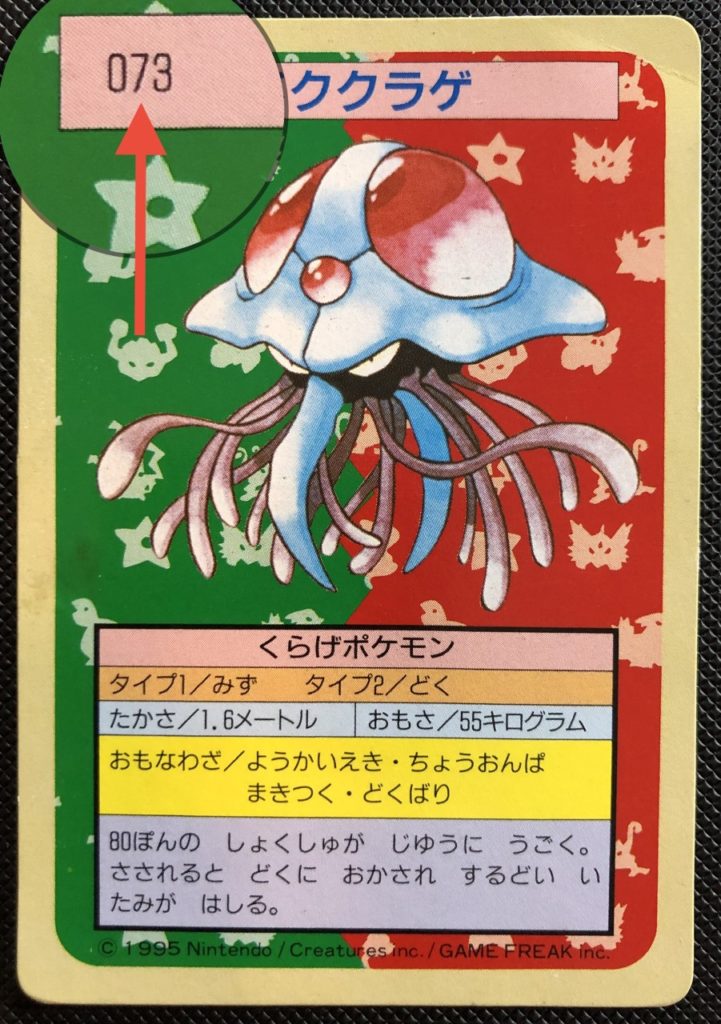
These are referred to as the ‘no number error cards’. These are the most valuable Topsun cards due to their rarity and collectability.
However, only 50 of the blue backs have this error. Some evidence suggests that this was not an error at all, and represents the very first print of Topsun cards, with the number being added upon the set’s full release.
How to Spot Fake Topsun Cards
It’s not uncommon to see counterfeit cards when the value of an authentic one can potentially be six figures.
Fake Topsun cards do exist, and they aren’t as uncommon as one would think. Thankfully, your chances of receiving a fake is low as long as you aren’t seeking valuable cards such as Charizard. Scammers tend to skip the lesser cards such as Kabutops, for example.
Here are a few things to look for:
1. Gloss
Topsun cards are glossy. It’s odd to see if it’s your first time holding one, but they have a thick and very shiny gloss to both the face and back of the card. This is not only difficult to replicate but impossible to judge from a photo. If you receive one without gloss or a low level of gloss, it’s time to suspect a fake.
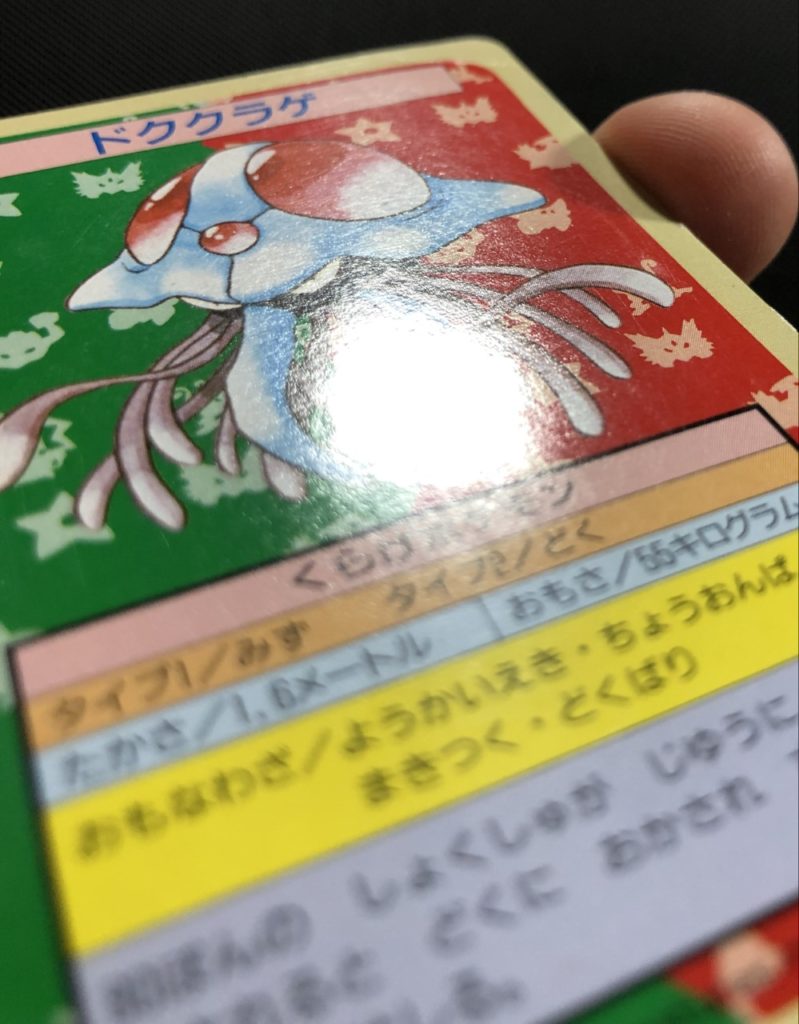
2. Correct Coloring
This counts as any colors on the card that look ‘off’. Now, ink colors can vary during the printing process, but are often subtle differences. Any colors that are incorrect or outright wrong are indicative of a fake card.
Furthermore, the card images are often crisp with clear lines and strong vibrant colors. Any blurriness is a reason to suspect.
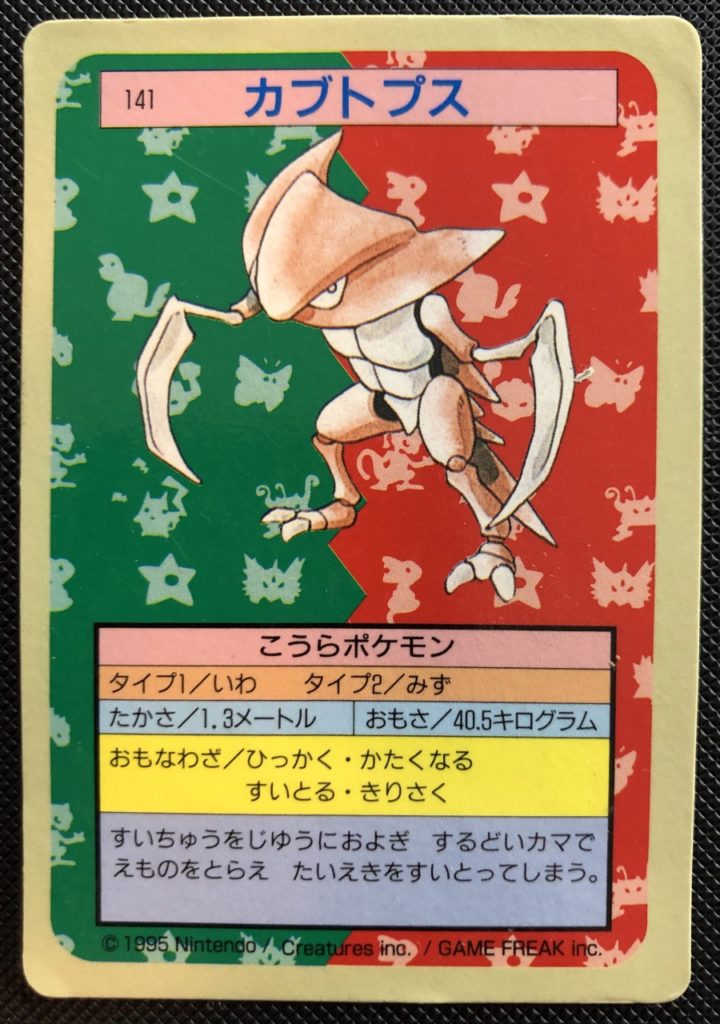
3. Corners
Topsun cards have different corners than typical trading cards. They are much more rounded and have little variation. Compare your card to some of the images in this article to check your corners.
4. Size
Oddly, Topsun cards have a different form factor than the standard trading card. In our Pokémon card size guide, we list Topsun cards to be approximately 2 X 3 inches, or more precisely, 58.7 X 85.7 mm.
If you receive a Topsun card that is the same size as a regular Pokémon card, unfortunately, it is fake.
5. Text on Back
On the rear side of Topsun cards is Japanese text (Kanji) that says “Topsun” repeated. You’ll want to check that the text is either blue or green, inspect the color, but also look at the angle of the text.
The kanji is slanted at approximately a 30-degree angle. Just compare to the images we have here. It is possible that there are some slight variations out there, but anything more than a slight difference in angle will be indicative of a fake.
6. Number/Name box Border
The most common Topsun cards to be faked are the no-number error cards. These cards fetch high prices, so there are more counterfeits floating around the market.
The text box at the top of the card that contains the Pokémon’s name is a sort of pinkish color with a thin black outline. However, the no-number error cards do not have this thin black outline.
There are known to be incredibly convincing Topsun fakes created, with only this mistake as an indicator. If you are purchasing no-number error cards, pay close attention to this small detail.
Topsun Price Guide for 2024
It wasn’t long ago that Topsun cards were very affordable for the average collector. But sometime around 2020, they shot up in price along with all trading cards. This was a result of the ongoing pandemic, supply chain issues, and the amount of attention the hobby was receiving. And on top of all this, the widespread misinformation that Topsun cards are the first Pokémon cards to be made.
The best place to buy Topsun cards has always been eBay. Since these cards are scarce, they are tough to find at local game stores and obviously, aren’t sold retail.
The Average Price for a Topsun Card
On average, expect to pay $10-50 for a blue back and $3-40 for a green back.
A Topsun booster pack is going to cost around $1,500-3,000 if you can find one. (Check eBay)
If you are interested in a popular Pokémon such as Pikachu, expect to pay a little extra. In addition to this, Charizard is an expensive card and will cost the most.
Topsun Charizard Prices
Not unlike any other set, Charizard steals the spotlight when it comes to value. The original blue back Topsun Charizard is highly sought after.
We’ve created a simple table including the Charizard Topsun variations. As you can see, the price quickly increases with a high grade.
Name | Recent Sales (eBay) |
Charizard (Green Back) | $230 |
Charizard (Green Back) PSA 10 | $4,000 |
Charizard (Blue Back) | $290 |
Charizard (Blue Back) PSA 10 | $25,000 |
Charizard (Blue Back) No Number Error | $2,300 |
Charizard (Blue Back) No Number Error PSA 10 | $500,000 |
Conclusion
Topsun cards are still guarding many secrets. Until we receive an official statement from a current or former employee, we may still debate its release date and origins.
The exact cause of the no-number cards is still unknown, as it could be an error or it could have been intentional. The exact release date remains unknown, as well as the reason for the different colour backgrounds.
However, evidence is piling up, and until we come to a conclusion, we can still appreciate the amazing cards and the culture they represent.
A note from the author
Hey there. My name is Oliver.
To create this article, I spent weeks scrounging together every forum post, Youtube video, and blog post Google had to offer. I even reached out to these fellow creators to ask questions. However, there are still many mysteries surrounding the Topsun cards. If you are an expert or if you have any additional information, please contact me via the contact page.
If you have any anecdotal reports of Topsun card origins, please leave a comment and help the community spread helpful information on Topsun cards.
Special thanks to shizzlemetimbers for helping me dig up some old web pages.
Also, if I made any mistakes, please reach out to me. Take care!

Hi, I'm Oliver. I've been collecting Pokémon cards for 25+ years. I hope you enjoyed your read and learned something. Learn more about me on the About page.
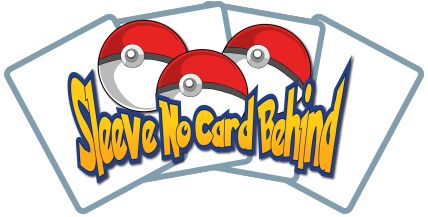
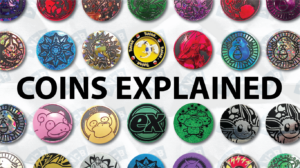
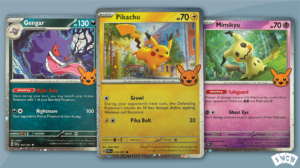
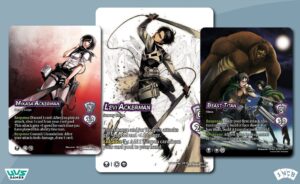
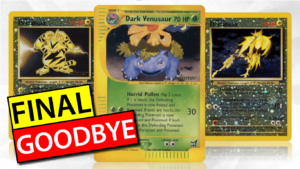
1 thought on “A Guide to Topsun Pokémon Cards- The Oldest Pokémon Cards?”
Hey Oliver,
Thank you so much for taking the time to put this together. I have started collecting Topsun cards and recently purchased my first. I’ll definitely go over it in detail now that I know what to look for. You and Sizzle are awesome. Kai from @KoolThaiKai channel…